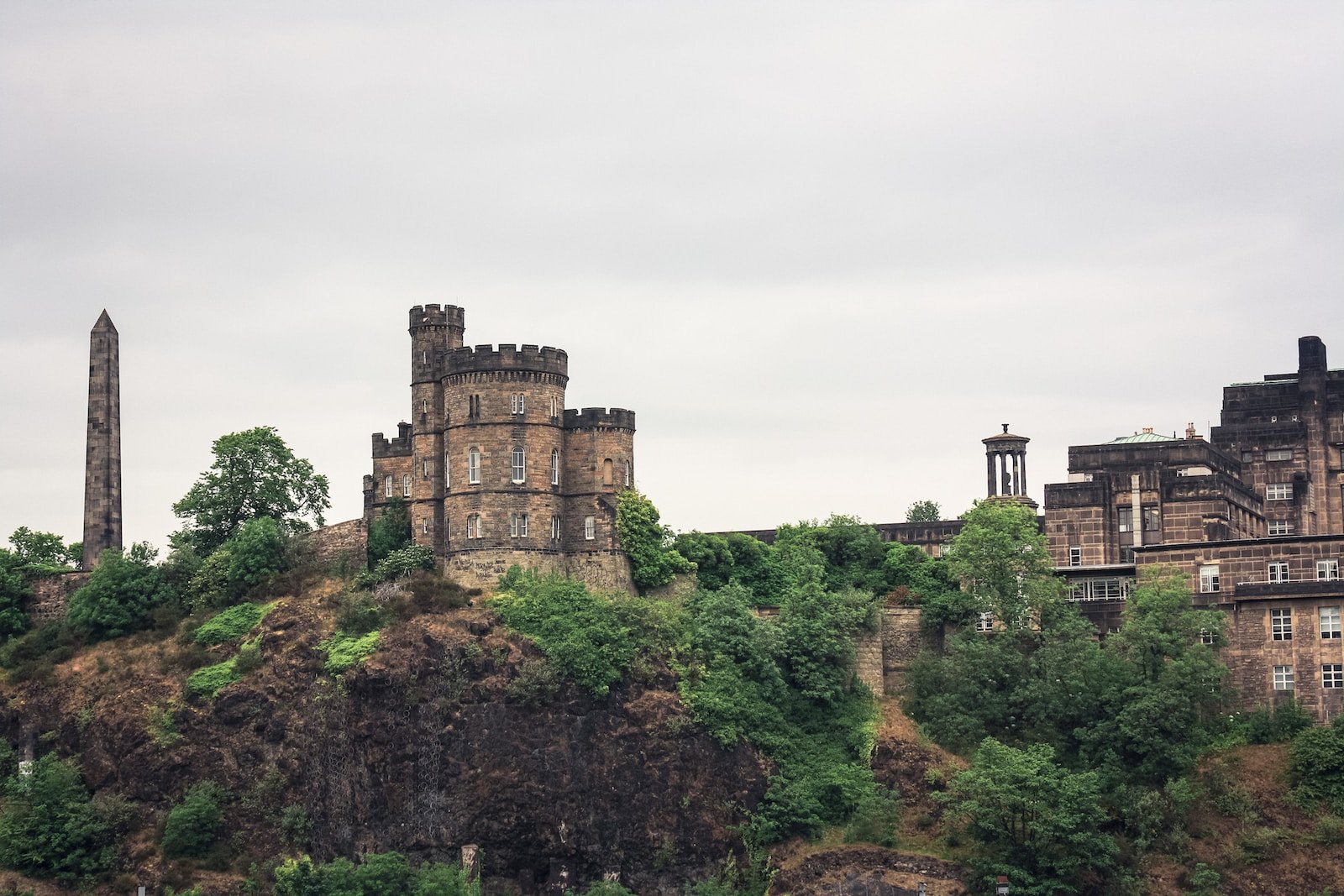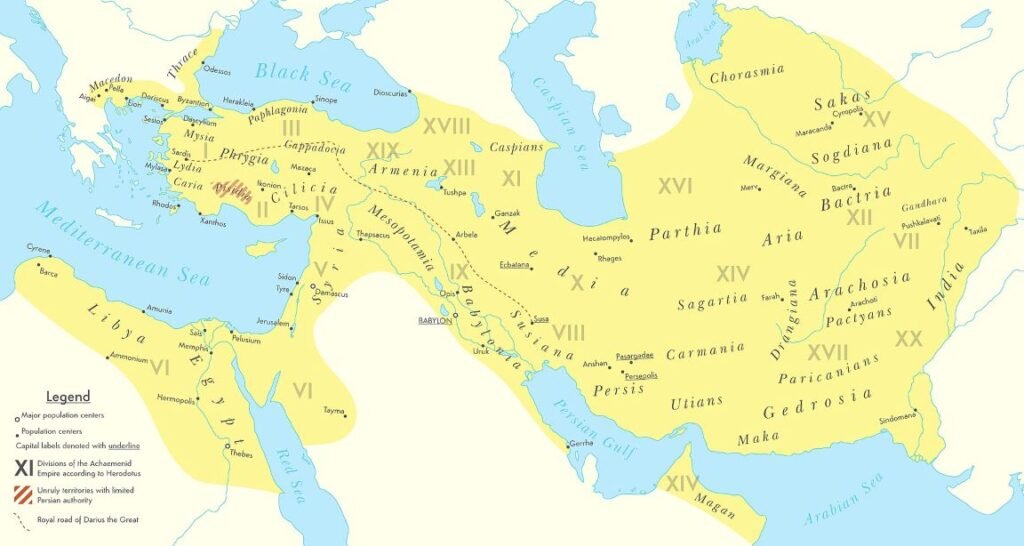Peasant Life in Medieval Europe: A Glimpse into Daily Struggles
Medieval Europe was marked by a hierarchical social structure, with peasants constituting the largest class. Peasants formed the foundation of medieval society, comprising the majority of the population. While the lives of the nobility and clergy have often been extensively studied, the daily struggles and experiences of peasants have received less attention. This article aims to provide a glimpse into the life of medieval peasants, focusing on their challenges, daily routines, and the legacy they left behind.

The Feudal System and Peasantry
Medieval Europe was characterized by a feudal system, a social and economic structure that governed the relationships between the ruling classes and the peasantry. Peasants, also known as serfs, were tied to the land they worked on and were obligated to provide labor and resources to the lord of the manor in exchange for protection. They had limited freedom and were subject to the whims of their lords, who held significant power over their lives.
Daily Challenges and Hardships
Peasants faced numerous challenges and hardships throughout their daily lives. They toiled from sunrise to sunset, engaging in backbreaking agricultural labor, often with insufficient tools and technology. Constant physical labor, combined with poor nutrition, led to a high prevalence of diseases and shorter lifespans among peasants compared to the upper classes. Additionally, peasants were vulnerable to natural disasters such as droughts, floods, and pests, which could devastate their crops and livelihoods.

Agricultural Labor and Farming Techniques
Agriculture formed the backbone of medieval peasant life. Peasants typically cultivated a variety of crops, primarily cereals like wheat, barley, and oats, as well as vegetables and fruits. They employed simple farming techniques, using crude plows and wooden tools to till the soil. Crop rotation, a common practice, helped maintain soil fertility. However, the lack of scientific knowledge and limited resources meant that yields were often low, contributing to food insecurity and dependence on agriculture.
Role of Women in Peasant Society
Women played a crucial role in medieval peasant society. They shared the burden of agricultural labor alongside men, working in the fields and tending to livestock. In addition to their agricultural responsibilities, women managed the household, cared for children, and often participated in cottage industries to supplement their families’ income. Despite their indispensable contributions, women faced limited rights, societal restrictions, and a lack of formal recognition.
Food and Diet of Medieval Peasants
The diet of medieval peasants was predominantly based on locally available and affordable food sources. Their meals consisted mainly of grains, such as bread and porridge, along with vegetables, legumes, and occasionally meat. The scarcity of resources meant that meat consumption was a luxury reserved for special occasions. Peasants brewed their own ale and relied on communal baking ovens for bread production. The monotonous and nutritionally deficient diet of peasants contributed to their susceptibility to diseases and malnutrition.
Housing and Living Conditions
Medieval peasants lived in simple, cramped dwellings made of earth, wood, and thatch. Houses were often shared by both humans and livestock, lacking proper sanitation and ventilation. Privacy was a luxury, as multiple generations of a family would occupy a single room. The lack of heating and insulation made winters particularly harsh, leading to frequent illnesses. Peasant settlements were often clustered around the lord’s manor for protection and labor convenience.
Health and Medical Care
Peasants had limited access to healthcare and medical services. Local healers, often women, relied on traditional remedies and herbal medicine to treat common ailments. However, serious diseases and injuries posed significant challenges due to the lack of advanced medical knowledge. Peasants often turned to superstitions and religious practices for protection and healing. Monastic infirmaries occasionally provided basic medical assistance, but these were inaccessible to most rural peasants.
Religious Beliefs and Practices
Religion played a central role in the lives of medieval peasants. The Catholic Church held considerable influence and peasants attended regular religious services, seeking solace and guidance in their daily struggles. They believed in the supernatural, with a deep fear of demons and witches. Peasants made regular pilgrimages to holy sites and sought blessings from local saints to ensure divine protection and prosperity. The Church also reinforced the social order and emphasized obedience to the ruling classes.
Education and Literacy among Peasants
Education and literacy were rare among medieval peasants. The majority were illiterate and had limited access to formal education. Basic skills, such as farming techniques, were passed down through generations within families and communities. Monastic schools, where they existed, offered education primarily to the nobility and clergy. Peasants rarely had the opportunity to acquire reading and writing skills, which further reinforced their dependency on the ruling classes.
Peasant Revolts and Social Unrest
The harsh conditions faced by medieval peasants occasionally led to social unrest and uprisings. Peasant revolts, such as the Jacquerie in France and the Peasants’ Revolt in England, were responses to oppressive feudal systems and unfair labor conditions. These rebellions often resulted in violent clashes and were met with brutal suppression by the ruling classes. Although revolts were frequently crushed, they contributed to the slow erosion of the feudal system and the eventual rise of social change.
Legacy of Medieval Peasant Life
Medieval peasants made significant contributions to the development of European society. Their labor and expertise in agriculture formed the backbone of the economy, ensuring food production and economic stability. The struggles they endured and the social unrest they sparked played a crucial role in the gradual dismantling of the feudal system. While their daily lives were filled with challenges and hardships, peasants left a lasting legacy that shaped the course of European history. Understanding their experiences provides valuable insights into the complexities and dynamics of medieval society.


